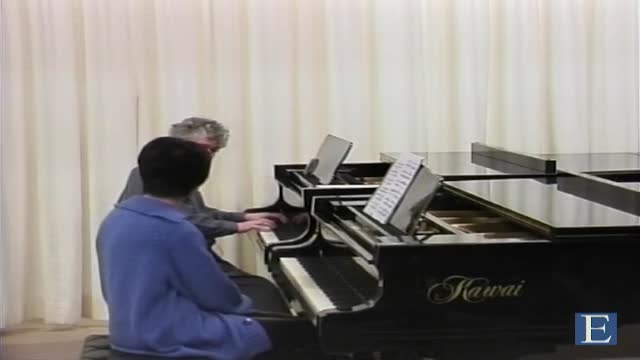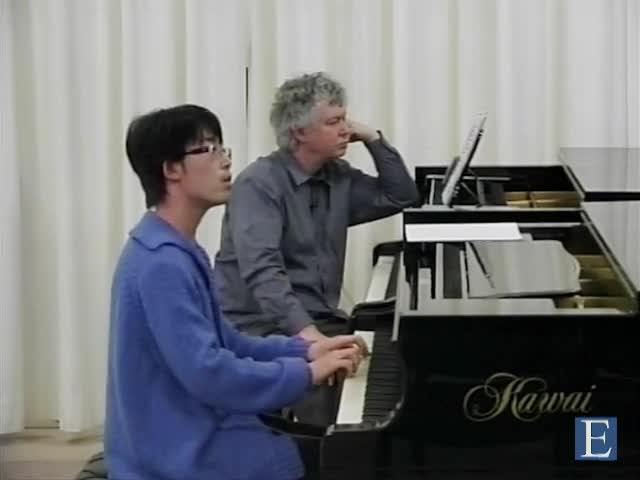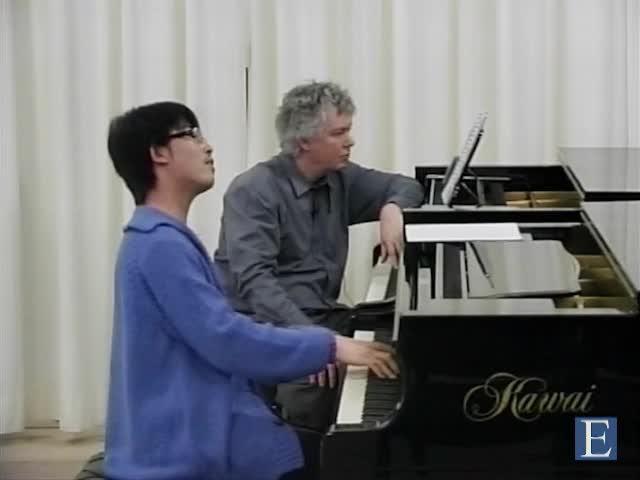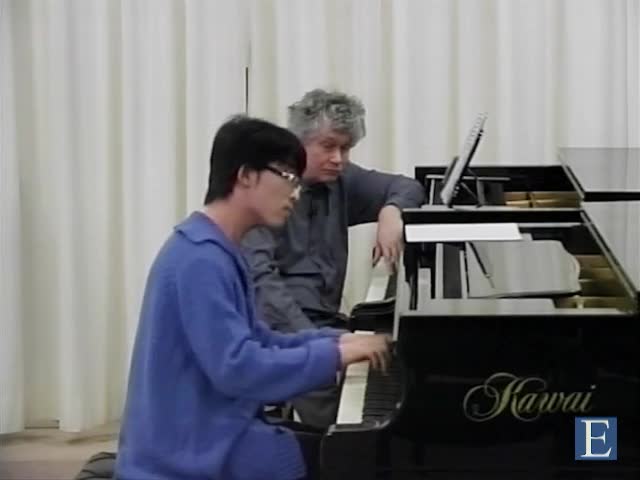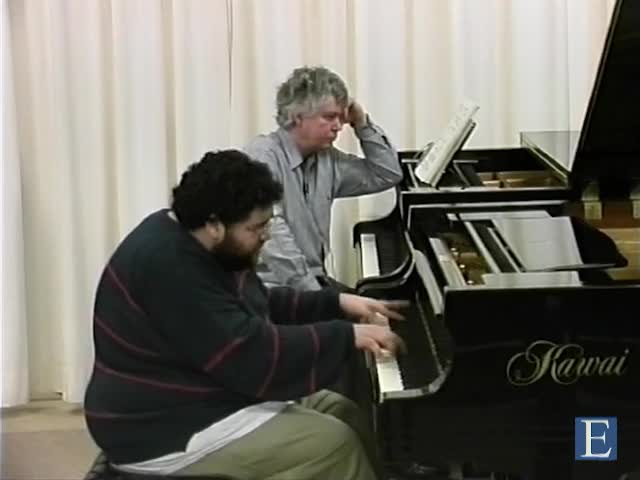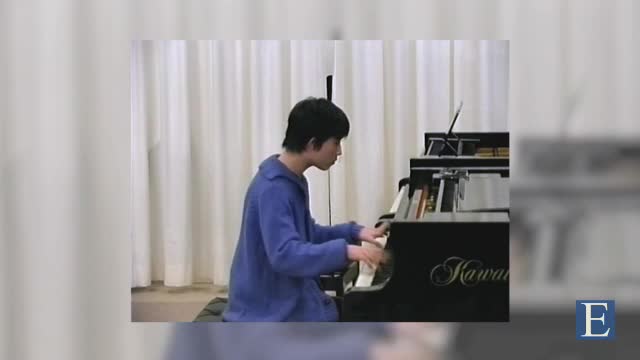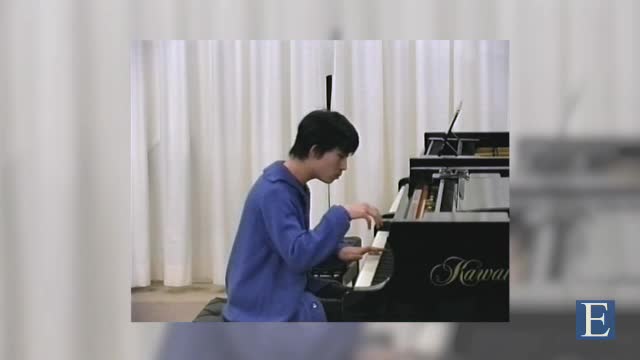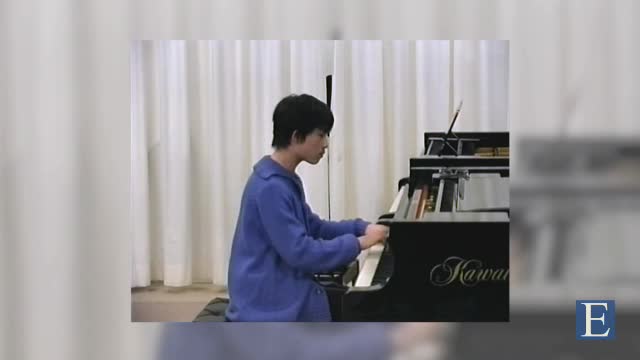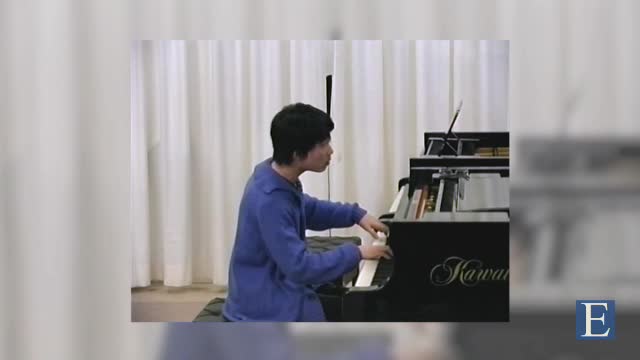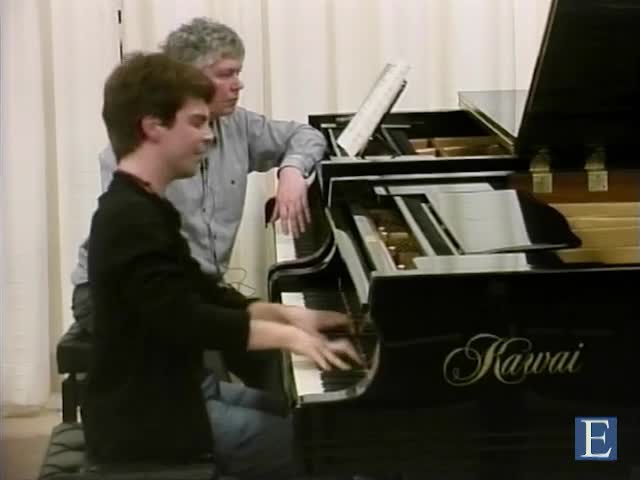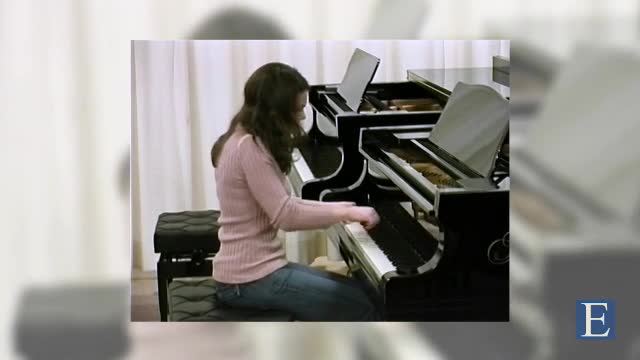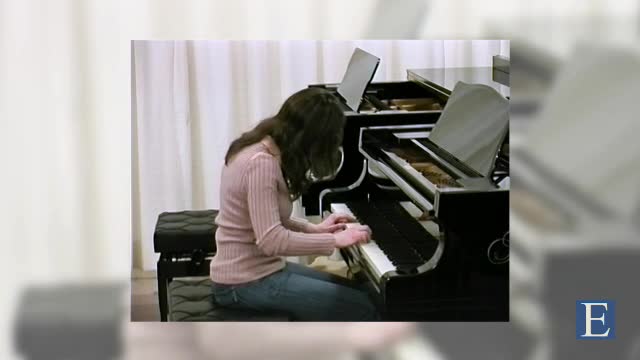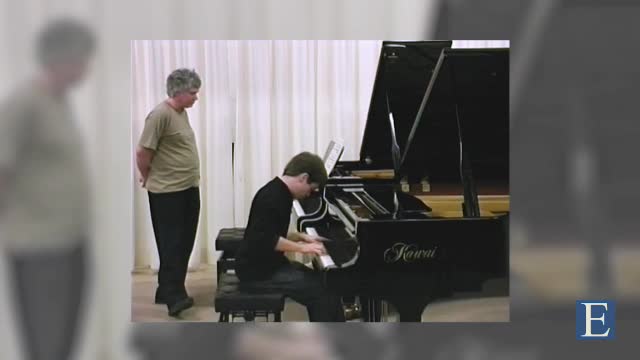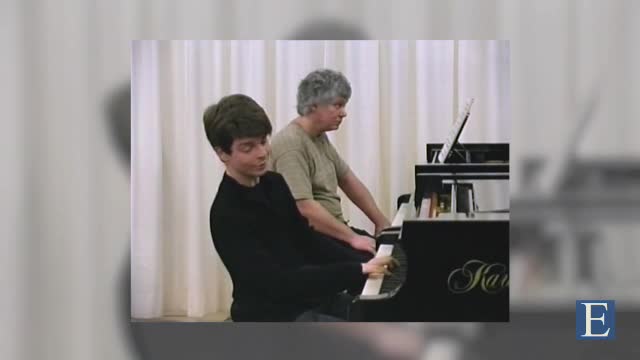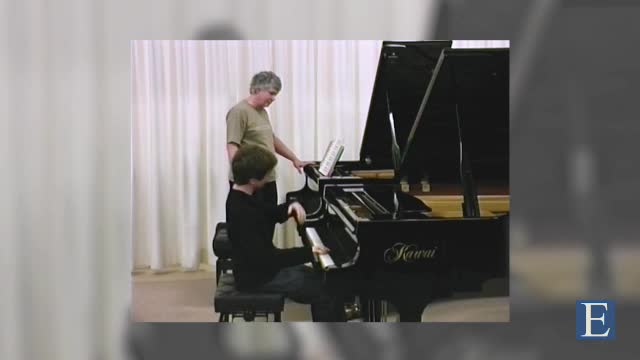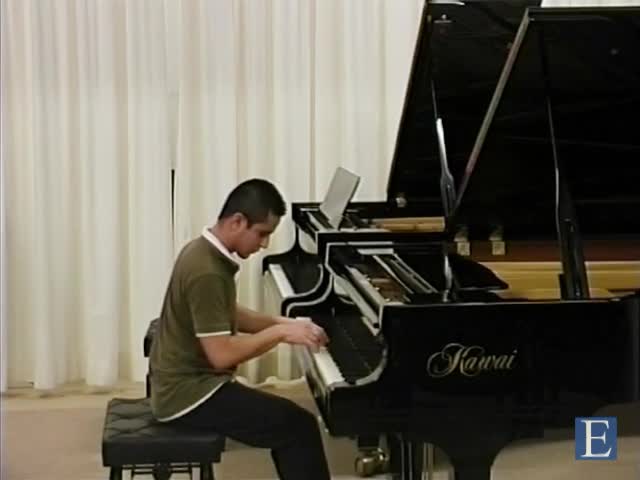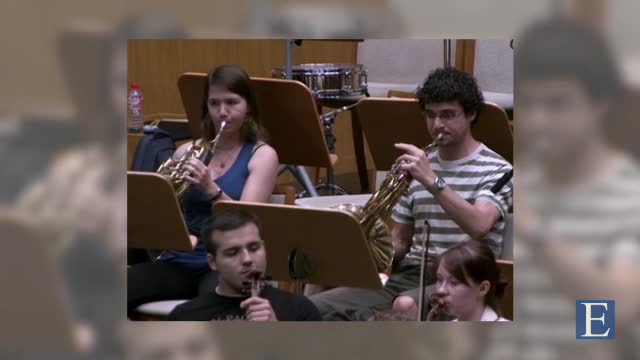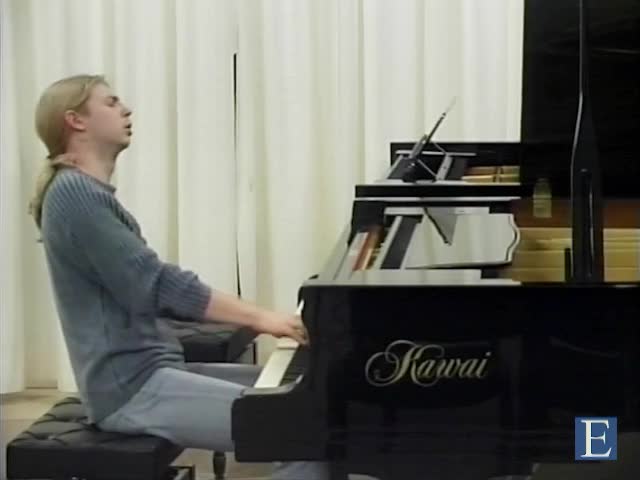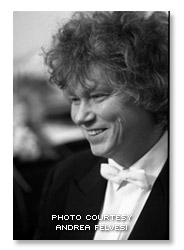
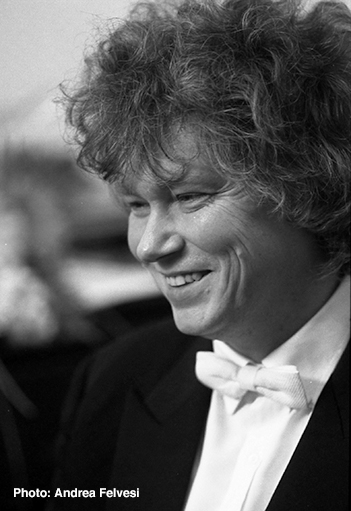
At the age of five Zoltan Kocsis began five years of piano studies with a local teacher named Szmrecsany who introduced the boy to the works of Bartók. At ten he enrolled at the Bartók Conservatory where he studied piano and composition. At sixteen Kocsis continued his musical education at the Franz Liszt Academy in Budapest studying with Pál Kadosa, Ferenc Rados and György Kurtág. Winning the Beethoven Competition sponsored by Hungarian radio when he was only eighteen ignited Kocsis’s career. Whilst still studying at the Academy he made his adult début in Budapest, and toured Hungary. The following year he played in Dresden and then toured the United States. At the age of only twenty-one Kocsis was awarded the Liszt Prize by the Hungarian government and appointed as assistant to his old teacher Pál Kadosa. He graduated from the Liszt Academy in 1974 and two years later succeeded Kadosa as a professor of piano. In 1978 the Hungarian government honoured Kocsis with its highest award, the Kossuth Prize.
Kocsis pursed his performing career at his own pace, and chose not to strive for a constant place in the limelight. His many other pursuits include teaching and composition. With Iván Fischer he founded the Budapest Festival Orchestra with whom he recorded, and helped form the New Music Studio in Budapest.
Kocsis first recorded for Hungaroton. At the age of twenty-one he recorded some Bach solo keyboard concertos, and over the next few years recorded the concertos for two, three and four keyboards where one of his partners was András Schiff. During the 1980s and 1990s Kocsis recorded for Philips. In 1981 he recorded Chopin’s complete waltzes, a recording whose speed and brilliance is obviously that of a young man. Two years later he recorded the first of a series of discs of Debussy which eventually amounted to most of the solo piano works.
A 1988 recording of Images received glowing praise from Gramophone magazine: ‘Zoltán Kocsis is certainly one of the most talented pianists of our time and in the two books of Debussy’s Images one can hear him at something like his peak.’ However, these performances, and much of Kocsis’s Debussy playing, are painted in bold oils rather than watercolours and mezzotints, a style that may not suit some listeners. At the same time, the fresh approach Kocsis takes to Debussy, he also applies to Rachmaninov; one of his finest discs is of the Piano Sonata No. 2 in B flat minor Op. 36 coupled with some of the shorter works: préludes, Études-Tableaux and Morceaux de fantaisie Op. 3. The Sonata, played in its original version, is given a performance that is breathtaking in its originality of conception and dazzling in its technique. There is no posturing or sentimentalising; it is, in fact, played in a style closely akin to Rachmaninov’s own. Kocsis also recorded all the works for piano and orchestra by Rachmaninov with the San Francisco Symphony Orchestra and Edo de Waart. These are given bravura, breath-taking readings with fast tempos and incisive and rhythmic playing. As a set, it is one of the best of Rachmaninov’s complete works for piano and orchestra.
Also for piano and orchestra, Kocsis recorded a fine version of both Liszt concertos coupled with Dohnányi’s Variations on a Nursery Song Op. 25. He played with the Budapest Festival Orchestra and Iván Fischer, and with the same forces recorded all three of Bartók’s piano concertos as well as completing seven compact discs of Bartók’s music for solo piano. When volume four in this series was reviewed by Rob Cowan he found it to be ‘…unquestionably one of the great piano records of the post-war period’. He also stated, ‘…Kocsis’s mastery of tone, rhythm and articulation, allied to his painstaking attention to important source material, make for a level of pianistic distinction that is fairly unique in this repertory.’
With a discography based on Debussy, Rachmaninov and Bartók, it is evident that Kocsis aimed to present certain music in a new light. He had something fresh to say about most of the repertoire he played and his recordings are all worth hearing for this reason as well as the fact that he did scholarly research into performing editions. His 1984 recording of Bach’s Die Kunst der Fuge was based on the latest research into the ordering of the movements.
© Naxos Rights International Ltd. — Jonathan Summers (A–Z of Pianists, Naxos 8.558107–10)
